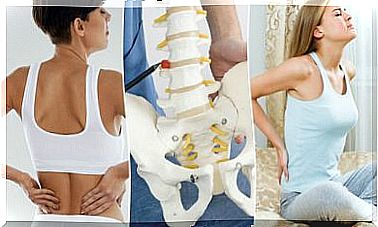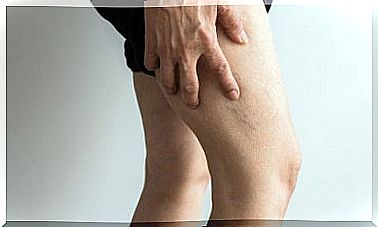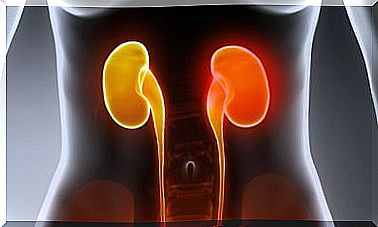Thoracic Outlet Syndrome: Everything You Need To Know
The thoracic outlet syndrome encompasses a group of disorders in which there is compression on the nerves and blood vessels, located between the first rib and the clavicle bone.
It should be remembered that the information presented here does not replace a medical consultation. For this reason, if you have any concerns or discomfort, we recommend that you consult a doctor to assess your case.
Types
Thoracic outlet syndrome can be differentiated as follows:
- Neurogenic. Thus, the nerves are the ones that are pinched in this small body region.
- Vascular. It can also be caused by the crushing of one or more veins (venous) or arteries (arterial).
- Not specific. The cause that causes discomfort in the patient is unknown.
Symptoms of thoracic outlet syndrome

We can also highlight a series of signs that patients show more frequently:
- Neurogenic thoracic outlet syndrome:
- Discomfort that can vary in intensity and occurs in the neck, shoulders and arms.
- Numbness of the fingers of the hands.
- Gilliatt-Sumner hand.
- Vascular thoracic outlet syndrome:
- Feeling of throbbing over the region where pressure has been produced on the blood vessels.
- Paleness of the hands and a bluish tone in the entire affected limb.
- Tingling and weakness in the affected hand and neck.
- Difficulty perceiving the pulse in the wrist of the altered arm.
- Clot formation in the injured limb.
Causes
- Trauma Internal structures can be modified after suffering this type of injury.
- Pregnancy. Changes within the mother’s anatomy also occur during this medical condition.
- Bad posture. Thus, the ergonomics of that person influences the possibility of developing this alteration. For example, we include postures like drooping shoulders and head.
- Alterations that have a genetic origin. People who have certain structural defects from the moment of birth are more likely to develop this disease. For example, presenting an extra rib before the first.
- Joint overload. In individuals who are overweight or obese, the joints have to move more weight than normal, altering them.
- Repetition of certain gestures. For example, at work or when we do sports, we constantly perform certain movements. Thus, the structures that intervene wear out and pathologies can develop as a result.
Diagnosis

In order to detect this disorder, it is necessary to perform the following tests:
- Physical exam. The external symptoms of this pathology will be studied. The patient may need to adopt certain postures to collaborate with the appropriate physician.
- Imaging tests of the thoracic cavity. For example, ultrasound, radiography, magnetic resonance imaging (MRI), computed tomography (CT), etc. Radioactive markers can be administered to help distinguish the tissues we want to study.
- Study of nerve conduction. The ability of certain nerves to transmit nerve impulses and to analyze if they are damaged is studied.
There are several pathologies that occur with compression of structures, therefore it is important to perform imaging tests that rule out the existence of masses.
Treatment of thoracic outlet syndrome
There are several treatment options. For this reason, we recommend that it be a health professional who chooses the most convenient for you.
However, the ultimate goal of treatment will be to alleviate the symptoms of thoracic outlet syndrome. The most common are the following:
- Physiotherapy. With the help of a specialist, the exercises can be performed with less discomfort and with more joint mobility.
- Use of medications. They are given to relieve pain (analgesics), to reduce inflammation (anti-inflammatories), and to dissolve blood clots.
- Surgical interventions. In this way, an attempt is made to reduce discomfort in clinical cases that are at risk of complications.
Prevention

We can adopt a series of healthy habits that can reduce the risk of suffering from this disease. For example, avoid repetitive movements, whether at work or doing any sport and improve our postural hygiene.
If you spend most of your time sitting, we recommend that you pay special attention to your posture and, if necessary, correct it. Believe it or not, poor posture can be very detrimental to your health in the long run.
Of course, it is always advisable to maintain a balanced and healthy diet, which we must complement with moderate physical activity on a daily basis.
Remember that this information does not replace a medical consultation, therefore we recommend visiting a health specialist to evaluate your case.









